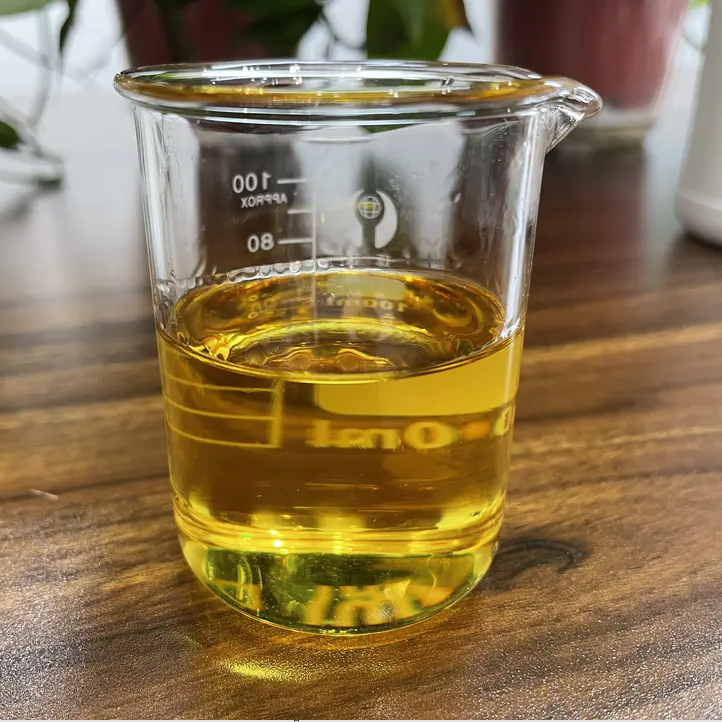
Jul . 20, 2024 01:49 Back to list
Exploring the Efficacy of Oomycete Fungicides in Modern Agricultural Practices and Crop Protection
The Role of Oomycete Fungicides in Agriculture
Oomycete fungi, primarily belonging to the group known as water molds, have emerged as significant plant pathogens, causing devastating diseases in crops around the world. Unlike true fungi, oomycetes, which include notorious genera such as *Phytophthora* and *Pythium*, have distinct biological and ecological characteristics that pose unique challenges for agricultural management. In response, the agricultural industry has developed a range of oomycete fungicides aimed at controlling these pathogens and mitigating their impact on crop yields.
One of the most infamous oomycete diseases is late blight, caused by *Phytophthora infestans*, which devastated potato crops during the Irish Potato Famine in the 19th century. Today, late blight remains a major threat to both potatoes and tomatoes, making the effective management of *Phytophthora* spp. crucial for food security. Oomycete fungicides have been developed specifically to target these pathogens, utilizing various mechanisms of action to inhibit their growth and reproduction.
The primary classes of oomycete fungicides include phosphonates, fenamides, and cyanoacetamides. Phosphonates, such as metalaxyl and fosetyl-Al, are systemic fungicides that disrupt the metabolism of oomycetes by inhibiting the synthesis of nucleic acids. These fungicides are absorbed by the plant and translocated throughout its tissues, making them effective in controlling systemic infections. Despite their effectiveness, resistance to phosphonates has been documented in some oomycete populations, prompting the need for integrated pest management strategies that include crop rotation and the use of resistant plant varieties.
oomycete fungicide

Fenamides, on the other hand, offer a different mode of action. Compounds like mefenoxam selectively inhibit RNA synthesis in oomycetes, thereby stalling their development and pathogenic capabilities. The targeted action of fenamides makes them a valuable tool in managing resistant strains of pathogens that have adapted to more broad-spectrum fungicides. However, like phosphonates, the potential for resistance development necessitates careful application and rotation with other classes of fungicides.
One emerging approach in the fight against oomycete diseases is the use of biological fungicides, which utilize naturally occurring organisms or their metabolites to suppress pathogen populations. This biological control strategy can be particularly advantageous as it often leads to fewer adverse effects on the environment and human health compared to traditional chemical fungicides. For instance, products derived from beneficial fungi or bacteria can enhance plant defenses and promote healthy root systems, thereby reducing the incidence of oomycete infections.
Integrated pest management (IPM) remains a cornerstone strategy in agricultural practices, and the responsible use of oomycete fungicides should be integrated into broader IPM programs. Farmers are encouraged to monitor disease symptoms rigorously, apply fungicides judiciously, and consider non-chemical control methods. Crop diversity, proper irrigation practices, and soil health management can fortify plants against oomycete infections, reducing reliance on chemical inputs.
In conclusion, oomycete fungicides are essential tools for managing diseases caused by these unique organisms, helping to safeguard crops and ensure food production. While challenges such as resistance development persist, ongoing research and innovative management practices hold promise for the future of agricultural sustainability. By balancing chemical interventions with integrated pest management strategies, the agricultural sector can continue to combat the threats posed by oomycetes, preserving both crop health and food security for generations to come.
-
Azoxystrobin: Broad-Spectrum Fungicide Solutions
NewsAug.11,2025
-
Best EPA Boscalid: Superior Crop Fungicide for Max Yields
NewsAug.11,2025
-
Best Willowood Imidacloprid: Superior Pest Control Solutions
NewsAug.10,2025
-
Best EPA Boscalid Fungicide: Ultimate Crop Protection
NewsAug.09,2025
-
Cyprodinil Fungicide: Broad-Spectrum Crop Protection
NewsAug.08,2025
-
Tembotrione Herbicide: Advanced 8% OD for Broad Spectrum
NewsAug.07,2025
